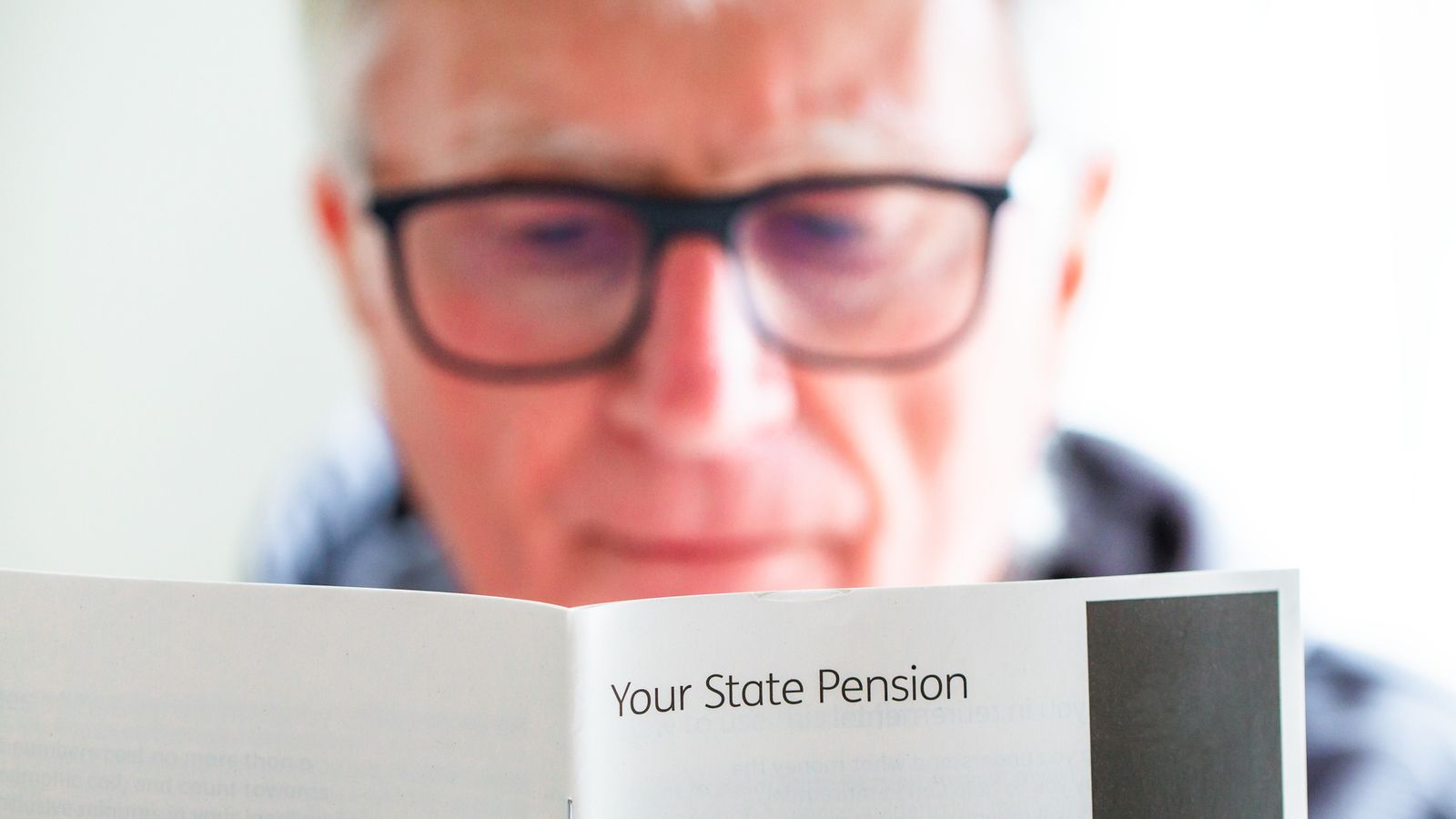
For the first time in what feels like forever, Tesla has put a hard date on the arrival of Full Self-Driving (Supervised) in Europe. The automaker confirmed that the Dutch vehicle authority (RDW) has committed to granting national approval for the system in February 2026, which is just a few months away.
Update: RDW has denied that it has told Tesla it plans to grant approval in February.
This is a massive development for European Tesla owners who have been stuck with a severely neutered version of Autopilot for years due to restrictive regulations.
Tesla shared the update via its ‘Tesla Europe & Middle East’ account on X, stating that the RDW has “committed to granting Netherlands National approval” next February.
Rather than waiting for the slow-moving wheels of the entire European Union to turn simultaneously, Tesla is using a “national exemption” route. Once the Netherlands grants this approval, other EU member states can choose to recognize that exemption immediately, effectively creating a domino effect for an EU-wide rollout.
Tesla explained the regulatory hurdle they’ve been facing:
“Some of these regulations are outdated and rule-based, making FSD illegal in its current form. Modifying FSD to make it fully rule-compliant would make it unsafe and unusable in many cases.”
Instead of watering down the software, Tesla is seeking exemptions rule-by-rule. The company notes it has already driven over 1 million kilometers in internal testing across 17 European countries to prove the system’s safety to regulators. However, Tesla didn’t share disengagement data from these 1 million kms.
Tesla has been known to make misleading claims that FSD is safer than humans by releasing misleading crash data that relies on its own crash reporting from customer vehicles, while using police data for the broader comparison fleet, on top of road biases.
Furthermore, even with these flaws, it doesn’t prove that FSD is safer than humans, but that FSD plus humans is safer than just humans, as FSD still requires driver attention at all times. Drivers prevent an unknown number of accidents with the driver assistance system.
Update: RDW responded to Tesla’s announcement with a different view of the situation. The regulator claimed that it has only come up with a schedule for Tesla to be able to demonstrate FSD in February, and hasn’t committed to approving it.
We do not share details about ongoing applications from manufacturers, as this concerns commercially sensitive information. However, we can state that the RDW and Tesla have established a schedule, according to which Tesla is expected to demonstrate in February 2026 that FSD Supervised meets the required standards. Both RDW and Tesla are aware of the efforts needed to reach a decision on this matter in February. Whether this timeline will be met is yet to be determined in the coming period. For the RDW, (road) safety is paramount.
Electrek’s Take
While this is the most serious announcement from Tesla about FSD in Europe, we heard timelines in the past that didn’t pan out.
In early 2022, Musk said that Tesla would launch FSD in Europe that summer. It clearly didn’t happen.
In late 2024, Tesla said it should happen in early 2025, and that didn’t happen either.
Now, if RDW actually said that, it would give a lot more weight to this new timeline.
It should make the few Tesla owners in Europe who bought FSD on HW4 cars happy, but just like what happened in Australia and New Zealand earlier this year, it is also likely to create a situation where the launch confirms that Tesla is not going to deliver its promises to the millions of HW3 owners.
Either way, I don’t think FSD saves Tesla’s freefalling sales in Europe.
FTC: We use income earning auto affiliate links. More.








